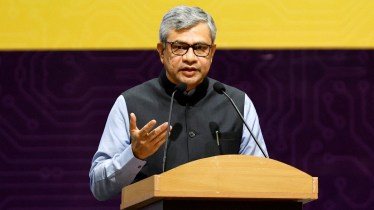The DeepSeek fever has seemingly crossed the border and reached India. Not that India needed a “DeepSeek moment” to wake up—like it has for the US, for instance—but the world’s largest democracy has finally started to show intent and a plan as to how it will make breakthrough AI locally thereby reducing reliance on biggies like ChatGPT, Gemini, and new—but potentially groundbreaking—entrants like the DeepSeek R1.
India has announced a major leap in the world of AI by creating its own foundational AI large language model (short for LLM) which is essentially the currency to run a chatbot like ChatGPT. Think ChatGPT but something more localised and designed specifically for India. This ambitious project—flagged off by IT minister Ashwini Vaishnaw—aims to build a homegrown AI system that understands India’s unique culture, languages, and needs.
In other words, instead of relying on AI models developed in other countries, India is building its own, ensuring it’s free from any biases and truly reflects the country’s diversity.
To achieve this, the government is setting up a massive AI infrastructure, including a facility with 18,000 graphics processing units or GPUs, hardware that is at the heart of creating AI, and then, making it talk to you to do a bunch of stuff from writing poems to generating code. The fact that DeepSeek has been able to do this with US sanctions greatly reducing the number of GPUs it has access to, has sparked debate around whether companies like OpenAI and Google are investing “too much” to build their AI when logic dictates efficiency would be more viable from a business perspective and for the environment. Big tech of course has refuted this claim and plans to keep investing even more, anyway.
Needless to say, the facility that India is planning to have up and running within this year—with an even more ambitious goal to make an in-house large language model in ten months at max—will be the backbone for developing a powerful AI model capable of understanding and responding to the nuances of Indian languages and contexts.
The initiative is a key part of India’s plan to become a leader in AI and reduce reliance on foreign technology. The project also includes plans for AI data centres in Odisha, further strengthening India’s AI capabilities with big privacy focus and creating opportunities for innovation across various sectors. By building its own AI, India can ensure data security, better support for local languages, and greater control over how AI is used in the country.
